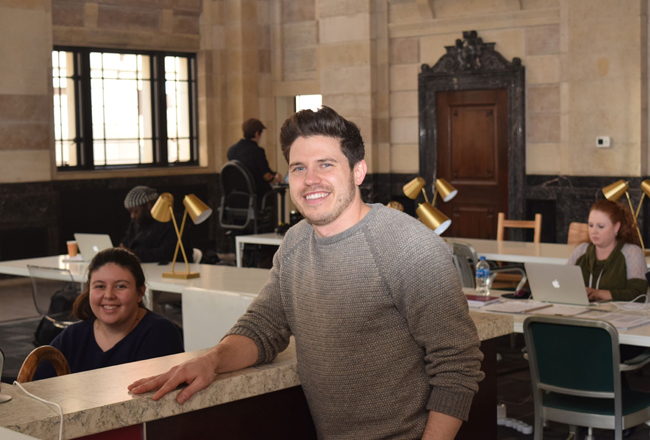The federal government has sued Spectrum Painting of Eastchester for allegedly defrauding the government on contracts to paint the Brooklyn Bridge and Queens Plaza transit facility, by exploiting the Disadvantaged Business Enterprise (DBE) program.
 In addition to Spectrum Painting, U.S. Attorney Geoffrey S. Berman sued Ahern Painting Contractors Inc. of Woodside, Queens, and Tower Maintenance Corp. of Roslyn, Nassau County, under the False Claims Act, March 6 in federal court in Manhattan.
In addition to Spectrum Painting, U.S. Attorney Geoffrey S. Berman sued Ahern Painting Contractors Inc. of Woodside, Queens, and Tower Maintenance Corp. of Roslyn, Nassau County, under the False Claims Act, March 6 in federal court in Manhattan.
The companies conspired to have Spectrum Painting, which was not certified for the program, do the work for Tower Maintenance, which was certified, according to the complaint. Spectrum allegedly paid kickbacks to Ahern Painting, the prime contractor, and had its workers pose as Tower employees to conceal the deception.
Spectrum Painting did not immediately respond to a request for comment.
Federally funded highway, bridge and transit projects typically set aside a percentage of the contracts for companies that have been certified as disadvantaged enterprises. The idea is to “create a level playing field,” the complaint states, for “socially and economically disadvantaged individuals.”
Since 2009, the Federal Highway Administration has provided more than $335 million to New York City for rehabilitating the Brooklyn Bridge.
Ahern won the $150 million painting contract in 2010, and was required to set aside 14 percent of the work for DBE subcontractors. Tower was hired for some of the work.
When another DBE contractor had to back out of its part of the job, Ahern had to find a DBE contractor to fill in. Tower, according to the complaint, lacked the expertise and financial resources to take on more work.
Ahern, Spectrum and Tower officials knew one another from working on other projects, the government says. The companies allegedly agreed to have Spectrum provide the expertise and resources to do the work and Tower would pay the laborers and follow Spectrum”™s directions.
By May 2010, the complaint states, Tower”™s ostensible part of the project was expanded by more than 10 times the original deal. But it was Spectrum, the complaint states, that estimated project costs, negotiated prices for materials, purchased equipment, hired the workers, scheduled and supervised the work and inspected the work.
Spectrum workers allegedly wore Tower vests, used Tower security information and told others at the work site that they were Tower employees.
A foreman allegedly acknowledged to a government investigator that Spectrum officials “ran the show.”
Ahern and Tower submitted reports to the main contractor, Skanska Koch Inc. and to New York City Department of Transportation allegedly stating that Tower was doing the work.
In the Queens Plaza project, the Federal Transit Administration provided more than $9 million to the city and the Metropolitan Transportation Authority. Seventeen percent of the project was designated for DBE contractors.
In 2010, the MTA awarded the painting contract to Ahern and Ahern subcontracted with Tower.
The companies allegedly made the same arrangement as before. Spectrum would supervise, equip and finance the job. Tower would pay the laborers and follow Spectrum”™s directions.
The government claims that Spectrum kicked back $10,000 to an Ahern superintendent for arranging the Brooklyn Bridge and Queens Plaza contracts, and arranged for an Ahern vice president to eat and stay at an Atlantic City casino for free, in 2010 and 2012.
The government accused the companies of presenting false claims, using false records, conspiracy and unjust enrichment.
The complaint does not identify the individuals who allegedly carried out the schemes or exactly how much money was allegedly obtained fraudulently, but it asks the court for damages to be determined at trial.






















